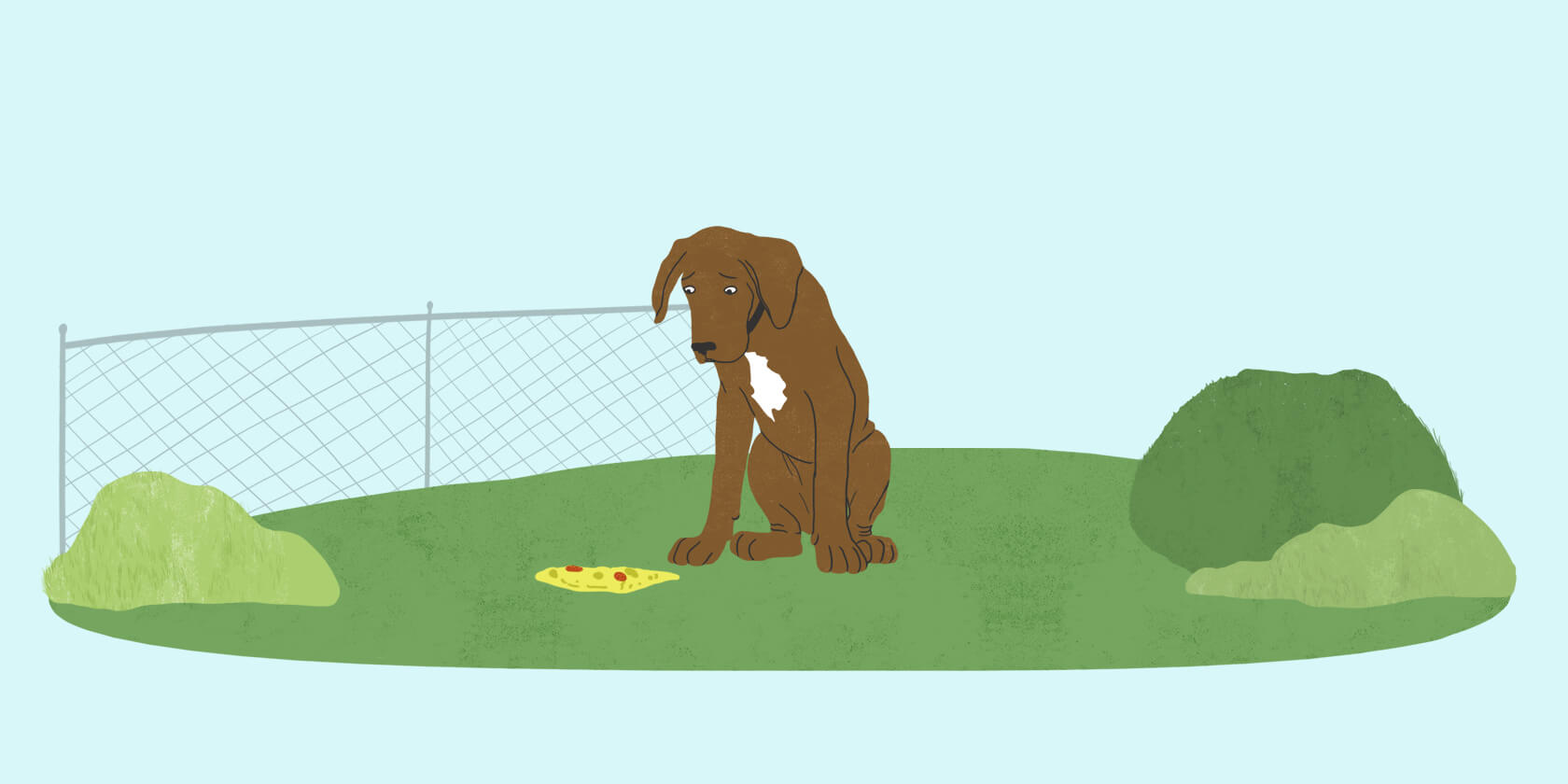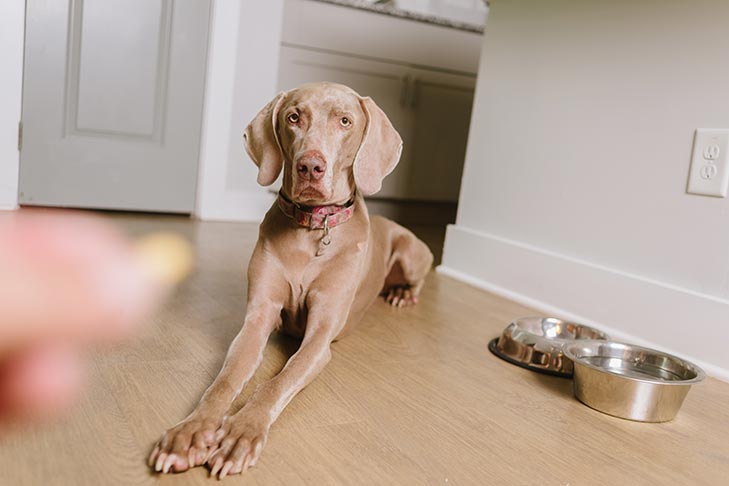Yellow Dog Vomit – Tips to Help Your Dog Stop Throwing Up
As a pet parent, it’s not unusual to encounter different challenges in caring for your furry friends. One common problem that pet parents often encounter is yellow dog vomit. Seeing your dog throw up can be concerning, but with the right tips, you can help your pet stop throwing up. In this article, we’ll discuss some tips to help your dog stop throwing up yellow vomit.
Table of Contents
- Understanding Yellow Dog Vomit
- Possible Causes of Dog Vomit
- Tips to Help Your Dog Stop Throwing Up
- Change Your Dog’s Diet
- Give Your Dog Plenty of Water
- Try Bland Foods
- Give Your Dog Some Space
- Keep Your Dog Active
- Visit Your Vet
- When to See a Vet
- Prevention Tips
- Conclusion
- FAQs
Understanding Yellow Dog Vomit
Vomiting is the body’s natural way of getting rid of something that is not supposed to be there. Yellow dog vomit occurs when the vomit has a yellow or yellow-green color. It’s usually an indication that the vomit has been in the stomach for some time, which can make it more acidic.
Possible Causes of Yellow Dog Vomit
There are several reasons why your dog may be throwing up yellow vomit. Some of the most common causes include:
- Eating too fast
- Eating something they shouldn’t
- Drinking too much water at once
- An upset stomach
- Motion sickness
- Liver disease
- Pancreatitis
- Intestinal blockage

Yellow Dog Vomit – Tips to Help Your Dog Stop Throwing Up
Tips to Help Your Dog Stop Throwing Up
- Change Your Dog’s Diet
One of the most common reasons why dogs throw up yellow vomit is because of their diet. Some dogs may have food sensitivities or allergies that can cause them to vomit. Changing their diet to a hypoallergenic or sensitive stomach dog food can help reduce the frequency of vomiting.
- Give Your Dog Plenty of Water
Dehydration can make vomiting worse, so it’s important to make sure your dog is drinking plenty of water. You can also give your dog ice cubes to lick or small amounts of water at a time to prevent them from drinking too much water at once.
- Try Bland Foods
When your dog is recovering from vomiting, it’s best to give them bland foods like boiled chicken or rice. These foods are easy on the stomach and can help reduce nausea. Once your dog starts feeling better, you can gradually reintroduce their regular diet.
- Give Your Dog Some Space
Dogs can get stressed or anxious, which can trigger vomiting. Giving your dog some space and a quiet place to relax can help reduce stress levels and prevent vomiting.
- Keep Your Dog Active
Regular exercise can help regulate your dog’s digestive system and prevent vomiting. Make sure your dog gets enough exercise and playtime each day to keep them healthy and active.
- Visit Your Vet
If your dog’s vomiting persists or is accompanied by other symptoms like diarrhea or lethargy, it’s important to visit your vet. Your vet can perform tests to determine the underlying cause of the vomiting and recommend the best treatment plan for your pet.
When to See a Vet
If your dog’s vomiting persists for more than a day or is accompanied by other symptoms like diarrhea, lethargy, or a loss of appetite, it’s important to see your vet. Vomiting can be a symptom of a more serious underlying condition, so it’s always better to be safe than sorry.
Prevention Tips
Prevention is always better than cure. Here are some tips to help prevent dog vomit:
- Feed your dog smaller, more frequent meals to prevent them from eating too much at once.
- Avoid giving your dog table scraps or human food that may upset their stomach.
- Make sure your dog has access to clean water at all times to prevent dehydration.
- If your dog is prone to motion sickness, avoid taking them on car rides or use a dog car seat to prevent nausea.
- Keep your dog’s environment clean and free of potential hazards that they may ingest.
By following these prevention tips, you can help reduce the likelihood of your dog experiencing yellow dog vomit.
Conclusion
Yellow dog vomit is a common problem that pet parents may encounter with their furry friends. While it can be concerning to see your dog vomit, there are steps you can take to help prevent and manage it. By understanding the possible causes and implementing the tips mentioned in this article, you can help your dog stop throwing up yellow vomit and keep them healthy.
FAQs
- Why is my dog throwing up yellow liquid? Yellow dog vomit is usually an indication that the vomit has been in the stomach for some time, which can make it more acidic. Some common causes include eating too fast, eating something they shouldn’t, or an upset stomach.
- What can I give my dog for vomiting? When your dog is recovering from vomiting, it’s best to give them bland foods like boiled chicken or rice. You can also give them small amounts of water at a time to prevent them from drinking too much water at once.
- When should I be concerned about my dog’s vomiting? If your dog’s vomiting persists for more than a day or is accompanied by other symptoms like diarrhea, lethargy, or a loss of appetite, it’s important to see your vet.
- How can I prevent yellow dog vomit? Some tips to help prevent yellow dog vomit include feeding your dog smaller, more frequent meals, avoiding giving your dog table scraps or human food, and keeping your dog’s environment clean and free of potential hazards.
- Is yellow dog vomit always a sign of a serious problem? No, yellow dog vomit is not always a sign of a serious problem. However, if the vomiting persists or is accompanied by other symptoms, it’s important to see your vet to determine the underlying cause.
Read More:The Basics of Dog Care and Training














